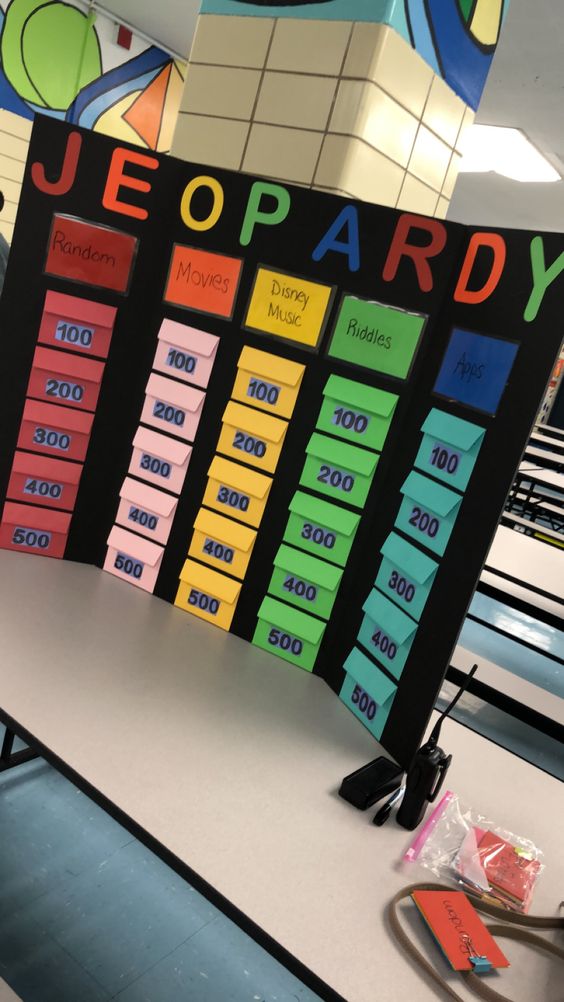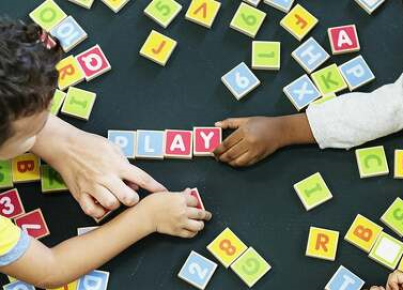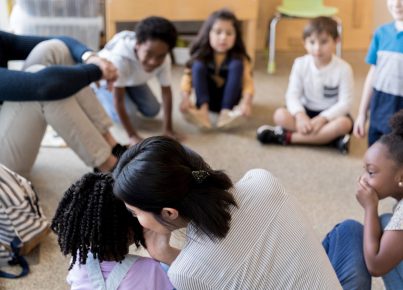Introduction
With the rise of technology in education, gamification has become an increasingly popular method for teachers to engage and motivate students in the learning process. By applying game-like elements to academic activities and curricula, educators can create a more enjoyable learning experience that encourages creativity, collaboration, and critical thinking skills. Here are 11 ways to successfully implement gamification practices to benefit all students in your school:
1. Set clear learning objectives: Identify specific learning goals for each gamified activity and ensure that both students and teachers are aware of these goals.
2. Use a variety of game mechanics: Incorporate diverse game elements like points, levels, badges, leaderboards, and rewards so that all students can enjoy a customized learning experience.
3. Combine digital and physical games: To accommodate different learning styles and preferences, use both digital and physical games in classroom instruction.
4. Encourage healthy competition: Some students thrive in competitive environments while others prefer collaboration. Strive for a balance by incorporating both competitive and collaborative elements into gamified activities.
5. Foster meaningful connections between content and game: Students should recognize how the game elements relate directly to the subject matter being taught. Place an emphasis on integrating relevant educational content throughout the gameplay experience.
6. Promote inclusivity: Design games with varying difficulty levels so that learners of all abilities can participate fully in the activities.
7. Offer autonomy through personalized experience: Give students agency within the game by allowing them to choose some aspects of their journey – this might include selecting certain missions or choosing avatars that represent their persona during gameplay.
8. Offer consistent feedback: Provide regular feedback to help your students track their progress, identify areas for improvement, and motivate them to continue their learning journey.
9. Encourage collaboration: Provide opportunities for students to collaborate on projects that involve solving real-world problems or engaging with the community at large. These activities can help to strengthen social skills and foster cooperative learning.
10. Enhance your teaching methods: Use gamification as a tool to supplement traditional teaching practices, not as a replacement. Make sure that gamified activities complement the curriculum, helping to reinforce key concepts and skills.
11. Evaluate and refine your approach: Regularly assess the effectiveness of gamified practices in your school by gathering student feedback, observing engagement rates, and measuring improvement in academic performance. Use these insights to adjust your approach as necessary.
Conclusion
Gamification is a powerful tool that schools can use to create engaging and motivating learning experiences for all students. With these 11 strategies in mind, educators can successfully design and implement gamification practices that reinforce core learning objectives while fostering a sense of enjoyment and accomplishment for learners.





